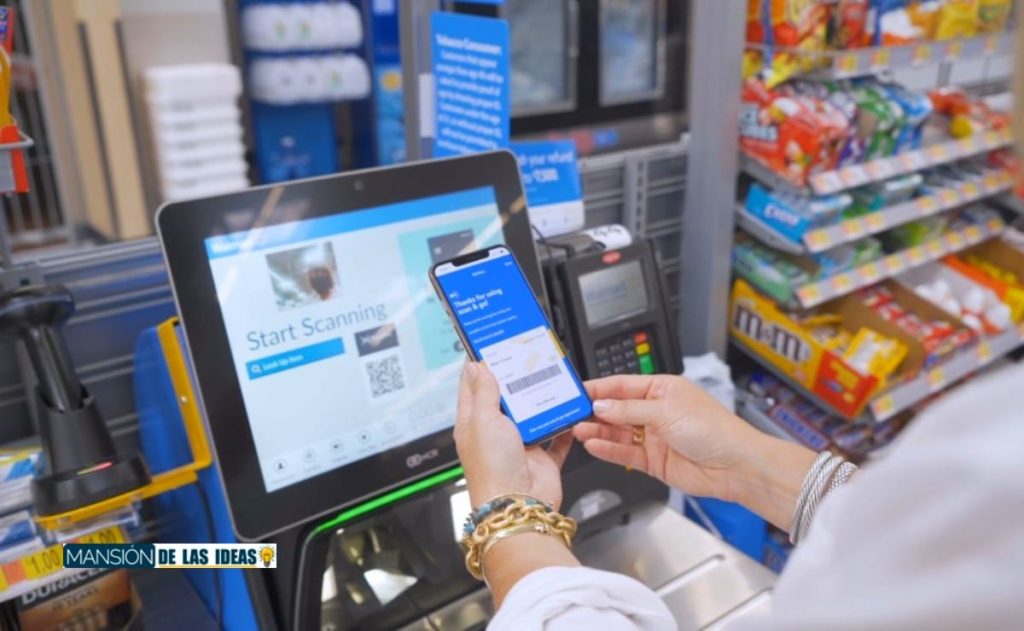The convenience of self-checkout machines has been a blessing to retailers and shoppers alike. They’re futuristic, fast, easy to use and safe, right? Well, not exactly. In fact, recent studies reveal a dark side to this technology. According to Voucher Codes Pro, a coupon provider, nearly 20 percent of shoppers surveyed admitted to stealing items at the self-checkout kiosk. The group pointed to poor detection by store security as a contributing factor to their behavior.
Such theft behavior is not new, but it comes from years back. In fact, a 2015 study at the University of Leicester found that out of $21 million in sales from 1 million self-checkout transactions over a year, nearly $850,000 worth of goods left stores without being scanned or paid for. What is alarming, however, is that the simplicity of the thefts may actually be inspiring otherwise honest people to steal. I know you can’t believe, but not all shoplifters have a criminal history.
People Don’t Feel Sorry for Stealing at the Self-Checkout Kiosks
In a world where online anonymity has enabled cyberbullying and trolling, it should come as no surprise that the perceived anonymity of self-checkout machines would embolden even otherwise law-abiding citizens to steal. Barbara Staib, director of communications for the National Association for Shoplifting Prevention, believes that these people are already predisposed to shoplifting. To them, the machine gives “the false impression of anonymity,” providing a powerful temptation that they may not be able to resist.
Self-checkout shoplifting problems won’t stop.Moreover, the situation may be intensified by retailers themselves. The mentioned study found that some retailers had created an environment that actually encouraged theft, making it easier for customers to game the system. It is a worrying sign when retailers prioritize profit over the well-being of their customers and employees, and it is a symptom of a larger societal concern. Some people argue that stealing from machines is less immoral than stealing from human cashiers. They believe that the store is charging customers to work at their store and that stealing is a way to strike back against this injustice. However, this argument is deeply flawed. Retailers are not forcing anyone to use self-checkout machines, and customers who choose to use them are not entitled to break the law.
Retailers Fight Self-Checkout Shoplifting
Despite the complicated scenario, retailers are fighting back by implementing two strategies to catch shoplifters in the act. First, they use video surveillance to monitor customer behavior and ensure that all items are being scanned and paid for. Second, they employ machine learning algorithms that can detect suspicious patterns of behavior, such as scanning items too quickly or repeatedly voiding transactions. While these measures may help to deter shoplifters, they also serve as a reminder of the trust issues that underlie the use of self-checkout machines. And last, don’t think that the “banana trick” still works, because the companies are aware that some costumers switch a cheap article’s tag for an expensive one, in order to pay less. Don’t get caught red-handed.
